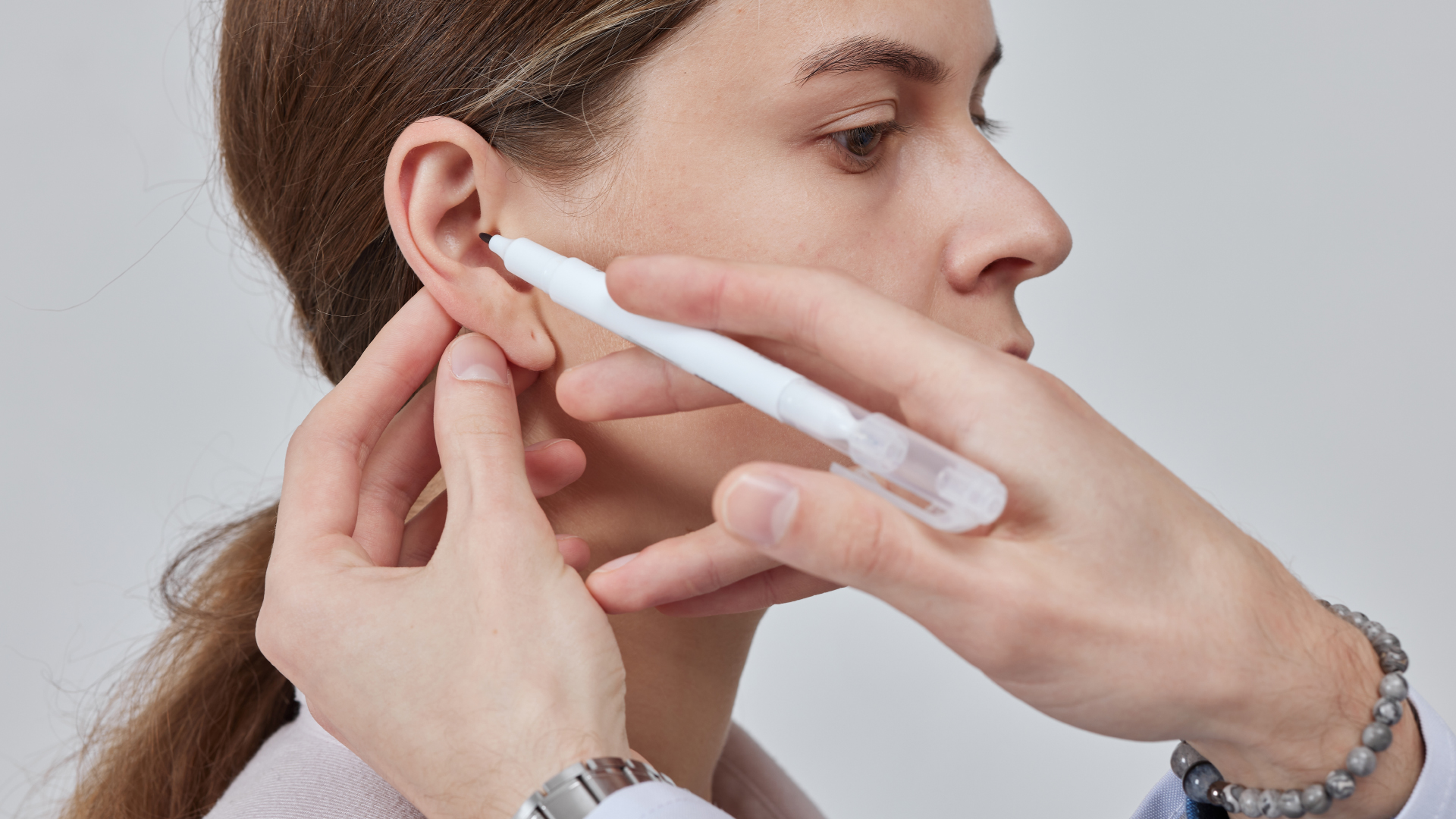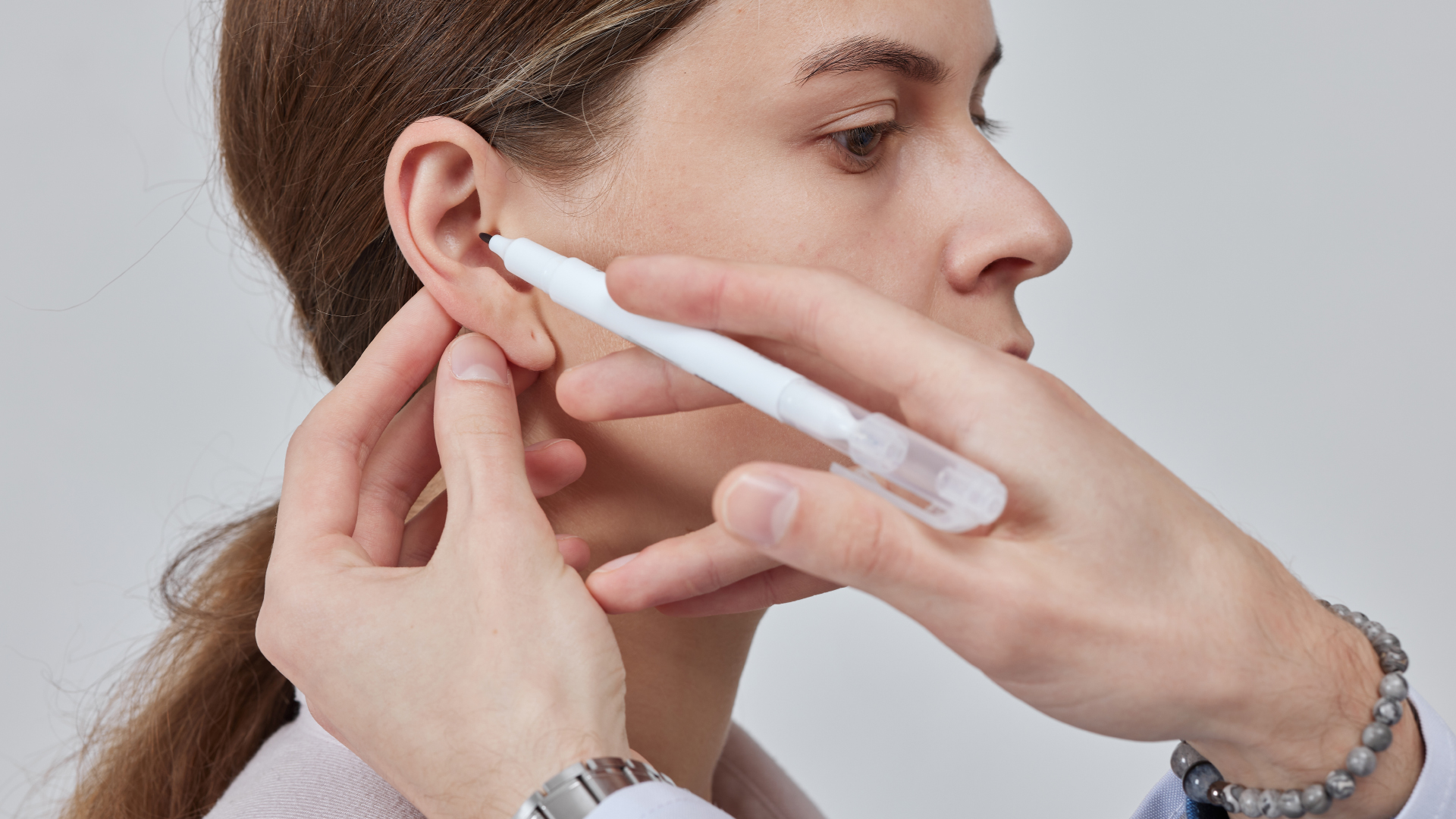Can Otoplasty Fix Birth Defects or Trauma-Related Ear Issues?
Can Otoplasty Fix Birth Defects or Trauma-Related Ear Issues?

Ear shape and structure play an important role in facial harmony and confidence. Some people are born with ear deformities, while others may experience injuries or trauma that affect the ear’s appearance or positioning. These conditions can cause both aesthetic concerns and functional challenges. One of the most effective solutions for correcting these issues is otoplasty—a surgical procedure designed to reshape, reposition, or reconstruct the ears.If you’re exploring advanced options for correcting congenital or injury-related ear issues, Otoplasty in Dubai offers modern surgical techniques with precise and natural-looking results.
Understanding Otoplasty: More Than Cosmetic Ear Surgery
Otoplasty is not merely a cosmetic enhancement—it can also address structural abnormalities and functional concerns. It involves reshaping the cartilage, repositioning the ears closer to the head, or reconstructing damaged ear tissue. It can be performed on one or both ears, depending on the condition.
This procedure is beneficial for:
-
Correcting congenital deformities like lop ear, cupped ear, shell ear, or overly large ears
-
Repairing trauma-related injuries from accidents, burns, or lacerations
-
Restoring symmetry for patients with uneven or misshapen ears
-
Boosting self-esteem by reducing prominent ears or irregular shapes
Birth Defects Otoplasty Can Address
Some children are born with ear deformities that may affect their appearance or even their ear function. Otoplasty can effectively correct:
| Condition | Description | How Otoplasty Helps |
|---|---|---|
| Microtia | Underdeveloped or missing ear structure | Reconstructs ear using grafts or implants |
| Lop Ear | Ear folds over, drooping downward | Cartilage reshaping to restore normal fold |
| Cupped Ear | Ear appears smaller and tighter than normal | Expands and reshapes ear framework |
| Stahl’s Ear | Extra cartilage causes pointed or abnormal shape | Removes excess cartilage and reshapes ear |
| Protruding Ears | Ears stick out prominently from the head | Sets ears closer to the head with sutures |
Trauma-Related Ear Issues Otoplasty Can Repair
Accidents, sports injuries, or burns may leave visible damage to the ears. Otoplasty can reconstruct and restore these areas.
| Type of Trauma | Effect on Ear | Otoplasty Solution |
|---|---|---|
| Laceration Injuries | Torn or partially detached ear sections | Surgical repair and contour correction |
| Burn Damage | Deformity or loss of ear cartilage and skin | Tissue grafting and ear reconstruction |
| Accidental Tears | Common with earring pulls or accidents | Reattaching and reshaping damaged areas |
| Post-Tumor Removal Defects | Loss of ear tissue after medical treatment | Reconstruction with grafts or implants |
The Otoplasty Procedure: Step-by-Step
- Assessment and Planning – A detailed consultation evaluates the patient’s ear structure, symmetry, and desired outcome.
- Anesthesia – Depending on the case, local or general anesthesia is administered for comfort.
- Surgical Correction – The surgeon reshapes cartilage, repositions the ear, or reconstructs tissue as required.
- Fine Adjustments – Ensuring natural contours and balanced proportions.
- Recovery and Support – Patients typically resume normal routines within days, with final results visible as healing progresses.
Why Choose Dynamic Life Clinics for Otoplasty?
When it comes to delicate procedures like otoplasty, expertise matters. At Dynamic Life Clinics, we combine extensive surgical experience, advanced aesthetic understanding, and trusted patient care to deliver exceptional results. Our surgeons are highly trained in reconstructive and cosmetic ear surgery, capable of addressing both congenital deformities and trauma-related concerns with precision. Each treatment plan is carefully customized to ensure safety, symmetry, and natural results that enhance confidence and well-being. Patients trust us because we prioritize not just technical excellence, but compassionate, ethical, and supportive care throughout the journey.
FAQ’s:
1. At what age can someone undergo otoplasty?
Otoplasty is often performed after the ears have reached full development, typically around age 5 or older. Adults can undergo the procedure at any age.
2. Will otoplasty improve hearing?
Otoplasty procedure is primarily a cosmetic and reconstructive procedure. It improves the ear’s shape and position but does not typically affect hearing function.
3. How long does recovery take?
Most patients return to normal activities within a week, but complete healing and settling of the ears may take several weeks.
4. Is the procedure permanent?
Yes, once corrected, the results of otoplasty are typically long-lasting, as cartilage reshaping remains stable over time.
5. Can both congenital and trauma-related issues be treated together?
Absolutely. If a patient has a combination of birth defects and injury-related concerns, a tailored surgical plan can address both during the same procedure.
Conclusion
Otoplasty is a powerful solution for both congenital ear deformities and trauma-related injuries. It not only restores balance to facial features but also rebuilds confidence and emotional comfort. Whether reshaping protruding ears, reconstructing missing tissue, or correcting injury damage, modern surgical techniques ensure safe, effective, and natural results.At Dynamic Life Clinic, every patient benefits from expert care, advanced surgical skills, and a commitment to achieving harmonious, confidence-boosting results. If you or a loved one is considering otoplasty to correct birth defects or trauma-related ear concerns, seeking a trusted clinic with proven experience is the first step toward transformation.




